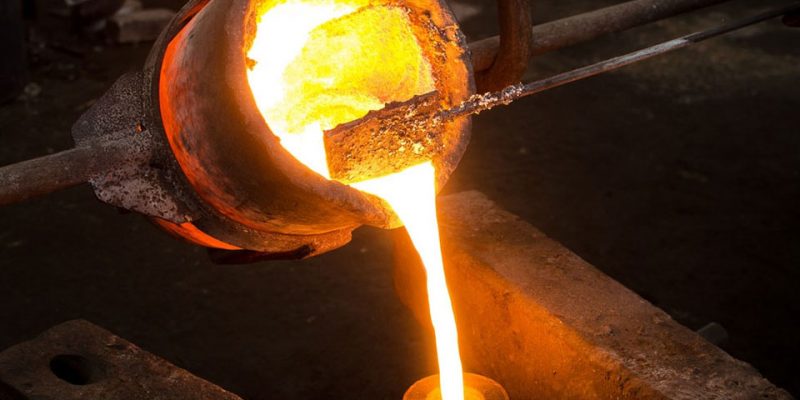With the growth of emerging industries and gradual production, the forging industry, along with the valve casting manufacturers industry, is looking to double-digit increases in the near future. Manufacturers and exporters hope this growth will be sustainable and difficult.
The valve casting industry has been observing signs of increasing demand. The sluggish growth at a rate of 7 to 8% over the past few years is expected to rise to 13 to 14% in the next few years, and modernization has become an essential aspect of the foundry industry’s manufacturing process.
Global Industrial Valve Market Overview:
With the rapid spread of the Coronavirus, the healthcare and pharmaceutical industries are at the forefront of the fight against COVID-19, with an increase in production of all the critical medical devices needed to treat Coronavirus patients.
Industrial valve casting manufacturers plays an important role in the manufacture of various types of medical devices. And many major industry players seize the opportunity to combat the deadly Coronavirus pandemic. Different regions have different certifications and policies on valves.
This factor creates a wide range of demands due to the wide application of valves in industries such as oil and gas, food and beverages, medicines, energy and energy wastewater and wastewater treatment building and construction, chemicals, and pulp and paper. However, such diversity hinders the growth of the industrial valve market.

Based on valve type:
By valve type, the market is divided into the
- Ball valve market
- Butterfly valve market
- Gate Valve Market
- Globe Valve Market
- Plug Valve Market
- Diaphragm valve market
- Safety Valves Market
Globe valves are one of the most popular valves used to control pipeline flow. The significant advantage of globe valves is that they do not leak as much as other valves.
Based on material type:
By material type, the market is divided into steel, cast iron, alloy, cryogenic, etc. Steel industrial valves had the largest market share in 2019. With the increasing demands for high-quality industrial valves in the food and beverage, chemical, pharmaceutical and metallurgical industries and mining to reduce the threat of contamination, the demand for today’s steel industrial valves is increasing. It has similar trends during the forecast period.
Based on industry type:
The market is divided into segments: oil and gas, water and wastewater, Energy & Power, Chemicals, Food & Beverages, Pharmaceuticals, Building & Construction, etc. The oil & gas industry had the most significant industrial valve market share in 2019 due to the increasing transportation sector. However, the world is currently facing an economic crisis due to the COVID-19 pandemic.
Based on geography:
Based on regional analysis, the Global Industrial Valves Market is segmented into North America, Europe, Asia-Pacific, and the rest of the Asia-Pacific region captured 33% of the largest industrial valves market share in 2019. Rapid population growth and urbanization in developing countries such as China, Japan and India lead to energy and energy growth, water and wastewater treatment, building and construction, chemical, pharmaceutical, and oil and gas industries. As a result, the demand for industrial valves has increased through 2019.
Also Read: What is the Global Market Revenue for Steel Casting?
Conclusion:
The global industrial valve casting manufacturers market will reach USD 64.04 billion in 2021. Looking ahead, we expect the need to reach USD 97.19 billion by 2027, with an average growth rate of 7.3% during 2022-. 2027. With the uncertainty of COVID-19 in mind, we are monitoring and assessing the direct and indirect impacts of the pandemic on various end-use industries.
These insights are included in the report as a significant contributor to the market. At present, there are different types of industrial valves. We provide an analysis of key trends in each subsection of the global industrial valve market. With global forecasts regionally and nationally from 2022-2027, our report categorizes markets by product type, function, material, size and industry.









Comments